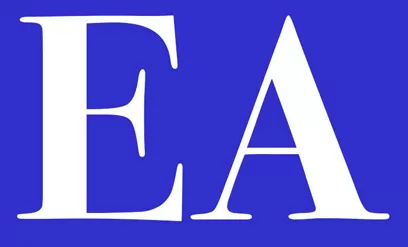Self-directed IRAs are traditionally for those who wish to invest in vehicles that are not typically associated with Roth or standard IRA investing. That can include real estate, closely held business entities, private loans, precious metals, and so much more. The only restrictions are those that are placed federally, such as life insurance or collectibles.
Some of the differences between choosing this type of IRA over another involve: the freedom to choose your own type of investment vehicle, working with a custodian rather than a brokerage firm, and some different tax incentives. While the first two items on that list were somewhat self-explanatory, the tax benefits (and sometimes hiccups) are much more in-depth.
There is Deferred Taxation on Growth of Funds
This is an appealing element to the self-directed IRA for many investors. You can grow your investments by non-traditional means within your IRA, without the need to pay any tax on that growth. When investing in real estate (some like to participate in house “flipping” this way) or a privately-owned company, profits and funds can run tax-free from within the IRA itself. The only time you’d have to pay taxes on such investments would be when it comes time to make use of those funds. When pulling those funds, you’ll be taxed on the use of them, but the same would be true through a 401k or any other type of IRA.
You Can Form an LLC Through a Self-Directed IRA
As an account holder, you can instruct your custodian to execute an investment directly out of the IRA, whereas now the IRA account itself would legally be considered the owner of the asset.
You can also invest all of the IRA’s assets into an LLC (legal liability company). If you choose to do the latter, you can make yourself the sole owner of the company and execute investments as that company’s manager. In that case, your LLC becomes the legal owner of all said assets. Either of these options are legally viable, but you must keep tax rules and guidelines in mind in order to not break any laws.
Your SDIRA Could be Subject to Unrelated Business Taxable Income (UBTI)
The UBTI tax was put in place by the IRS in 1950 to apply to tax-exempt entities such as churches and charities so that they could not run unrelated businesses without paying taxes on said businesses. This would keep these entities from being able to compete unfairly with businesses that do have to pay taxes. Tax-deferred IRAs are included in the types of entities that fall under the UBTI tax – which means SDIRAs are subject as well.
The central purpose of an IRA is to save for retirement, so when you are using the funds for an operating company, the UBTI tax comes into play. Within an operating company, you are providing a good or service, which means it would have nothing to do with your retirement fund.
LLCs are pass-through entities, which means it’s up to the owner to pay the taxes, and the SDIRA is considered the owner. That’s how the taxes tie in. If you don’t want to trigger this tax, you can invest in hedge funds, notes, and private corporations that are not LLCs.
Don’t Forget About the Unrelated Debt-Financed Income (UDFI) Tax
The Unrelated Debt-Financed Income (UDFI) tax is similar to the UBTI tax but applies to buying and selling properties in real estate, or other means of debt-financed income. Remember that custodians cannot advise you on whether or not these taxes will apply, so it’s important to consult with a tax attorney or tax professional in order to be sure that you aren’t overlooking important taxes when the time comes.
SD-IRAs Allow You to Use IRA Money without Substantial Tax Liability
In the end, self-directed IRAs offer more tax benefits than pitfalls when done carefully. The biggest advantage comes with a very common scenario:
You’ve saved through an employer-based 401k for years and years, and this fund is your largest potential source of investment capital – and, yet, when the time comes to withdraw it completely after leaving said job, you take a substantial loss in the way of tax dollars.
Rather than going through that hassle and headache, you could invest via a self-directed IRA and keep those dollars. You don’t have to worry about suffering such a heavy loss. Growth is tax-deferred and you can invest pretty much wherever you’d like. With a self-directed IRA, you control your assets directly – with the help of a leading qualified custodian like NuView Trust Company – and you don’t incur the same level of tax fees.
For more information about opening a Self-Directed IRA with NuView, contact Joey Eplite below:
Oops! We could not locate your form.

Joey Eplite
Financial Sales Rep, NuView
Direct: 407-708-1847
Toll Free: 877-259-3256


































